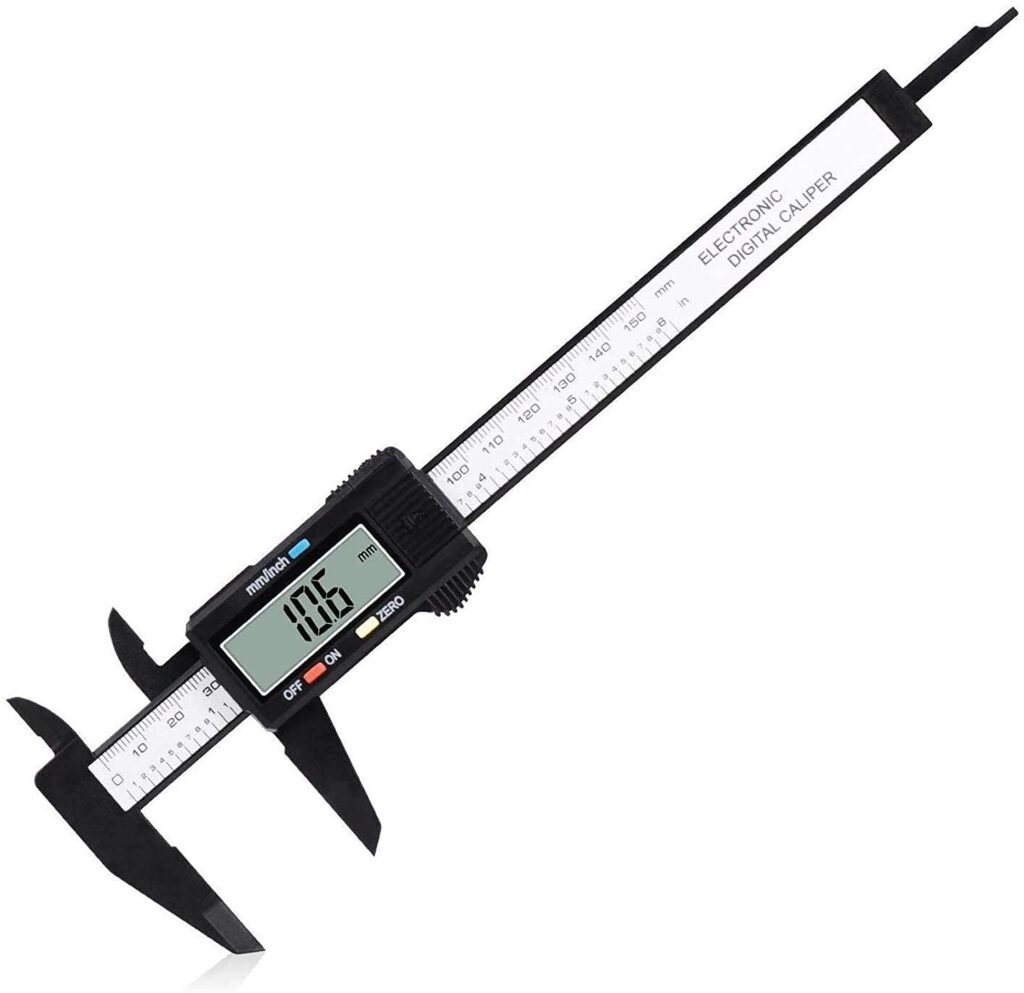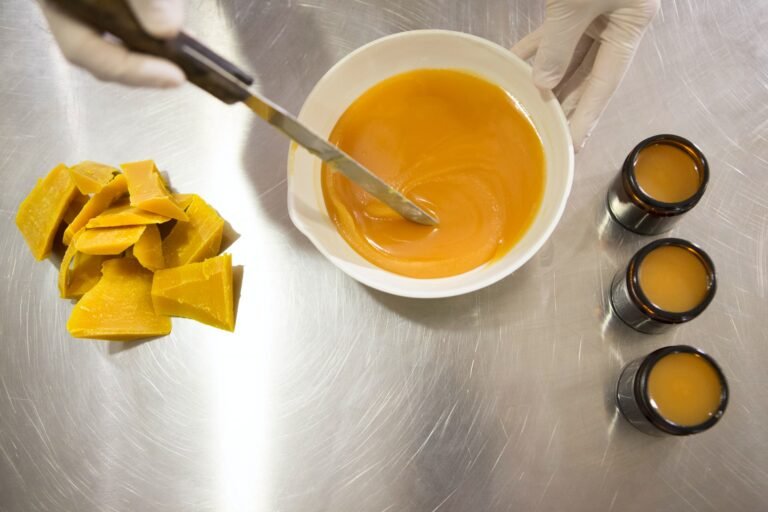10 Pottery Tools You Need to Own! (For Beginners)
Pottery is among the oldest form of art which involves making items such as cups, bowls, plates, pots, and vases using clay that is hardened through fire. I bet you already knew that. If you are a beginner or have been working under someone, and you feel it’s time to set up your studio, I am here for you. Although pottery can be done using your hands, tools help make the products sleeker. This can be challenging if done using the wrong tool. So, which are the essential tools you need to make a single piece of a plate?
These are the best ten tools that I have used and tested and have given me great service. The first one and most basic is a kiln for firing to harden the material. A potter’s wheel for shaping to the desired shape. Clay is everything; I will explain the different types of clay. A sponge is a very important tool when it comes to throwing. As for the decoration, trimming, and smoothening of the final product, these are must-haves; glaze, glaze brushes, sculpting toolset, caliper, clay cutter, palettes, and scrapers.
I will take you through each item in deeper detail, just to give you a clear picture of the best tools to own.
1. A Kiln
A kiln can be made to use wood, gas, or electricity. For a beginner, an electric kiln is recommended because it is easy to use. When selecting, I would recommend a small-sized kiln since it is easy to carry around. If you are working on a tight budget, you may be tempted to go for a cheap, second-hand kiln which might disappoint you. They tend to wear out with each firing so if not examined well, you could get one whose major parts need to be replaced. It is better to invest in a new, good-quality kiln that will give you great long-term service.

2. Potter’s wheel
This is another key tool in pottery for those potters who prefer throwing. There are two options here; an electric wheel or a kick wheel and both are good. It depends on someone’s taste when choosing. For example, if you are the kind of potter who wants to feel more in control, a kick wheel should be your choice. On the other hand, electronic wheels only require the coordination of hands. I have used both and my most preferred is a kick wheel, I am just old school like that.
3. Clay
The type of clay also determines the type of kiln to purchase. Clay comes in various forms namely; earthenware, porcelain, and stoneware. When making cups, plates, or vases, the best clay is stoneware since it is non-porous when fired making it able to hold liquids. It is also the most recommended for beginners because once you shape it, it holds the molded shape. Earthenware is porous and soft to touch. It easily breaks compared to stoneware. It is the oldest type of clay and most common to be found. Porcelain is hard, shiny, and translucent. It requires high temperatures to make.
4. Glaze
When choosing glaze, it is good to consider the type of clay and your kiln’s firing capacity. On ceramic, it is optional to apply glaze but when applied, it can improve the fiery appearance as well as making it stronger. The most preferred type is either glossy or matte. Glossy gives a shiny surface that reflects light. As for matte, it is the exact opposite, a dull surface that does not reflect light. In fact matte absorbs light. Most glazes come in powder form so it is up to you to do the mixing. Glazes can also be homemade.
5. Glaze brushes
Here, you can choose both ceramic and glazing brushes or probably buy a set to fit different types of products. Glaze brushes should be able to create patterns, draw images, do fine detailing, brush on bold and fine strokes and apply slip. These are all factors to consider when choosing a set of glaze brushes. My choice is a Wooden Brush set of different sizes.
6. Sponge
A sponge is necessary while throwing to wet the surface of the clay with water. It helps to prevent friction which could lead to cracks making it hard to make smooth pieces. Some people prefer sponges that come on a stick for ease of use. For me, a sponge is a sponge as long as it provides enough lubrication. Again, with this set, you cannot go wrong.
7. Sculpting toolset
If you can acquire a whole set, it will save you the trouble of looking for each tool separately. The items contained in the sculpting set come in various shapes and lengths to fit their designed use.
8. Caliper
This comes in handy when throwing pots and jars. It is also used for measuring to ensure even-size pots are being made. Calipers are used to measure lids for the pots as well. They come in three different materials which are; wood, plastic, and metal. They also come in a variety of sizes. This means you choose a caliper depending on your preferred material and also the sizes of pieces you intend to make. I prefer working with a wooden one.
9. Clay cutter
The best clay cutter to go for is nylon. It has a long life in terms of durability and it will not rust compared to a metallic clay cutter.
10. Palettes and scrapers
Palettes are essential when decorating pottery pieces with paint. The best palettes are those made of porcelain (ceramic) because of their heaviness and durability. It also has a smooth surface which is kind to brushes. The only downside of porcelain is that it is expensive but not to discourage you. Ceramic palettes can be homemade, saving you a lot of resources as well as giving you a chance to personalize yours.
Scrapers are finishing tools used for smoothening rims of pots. Both rubber and steel scrapers are essential in trimming the final product. It is important to have both types.

















